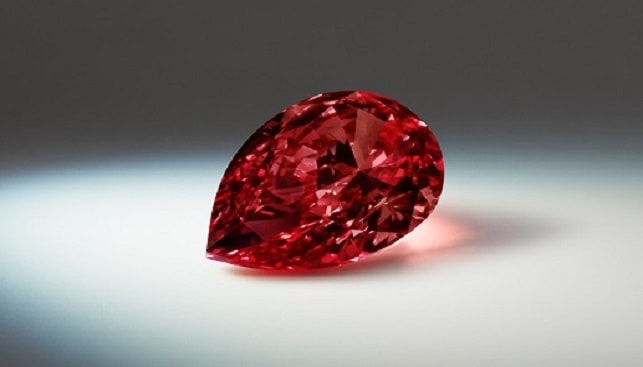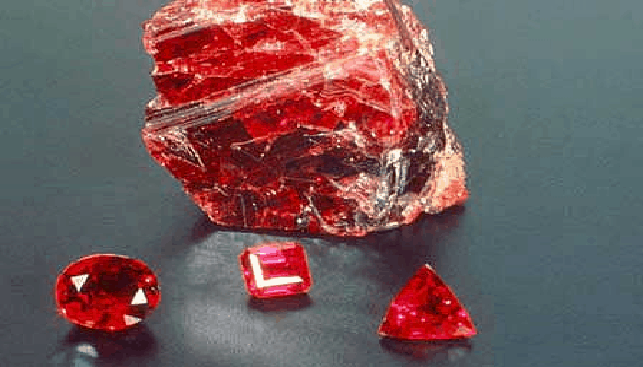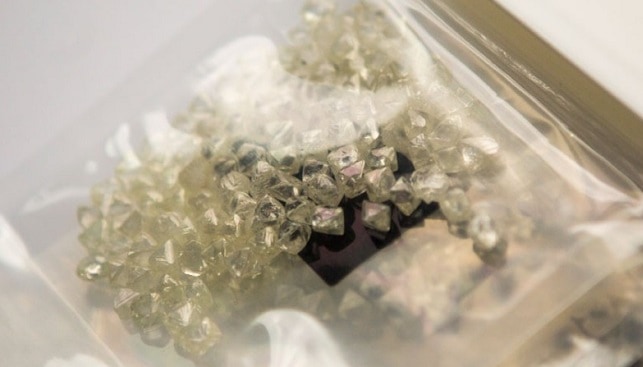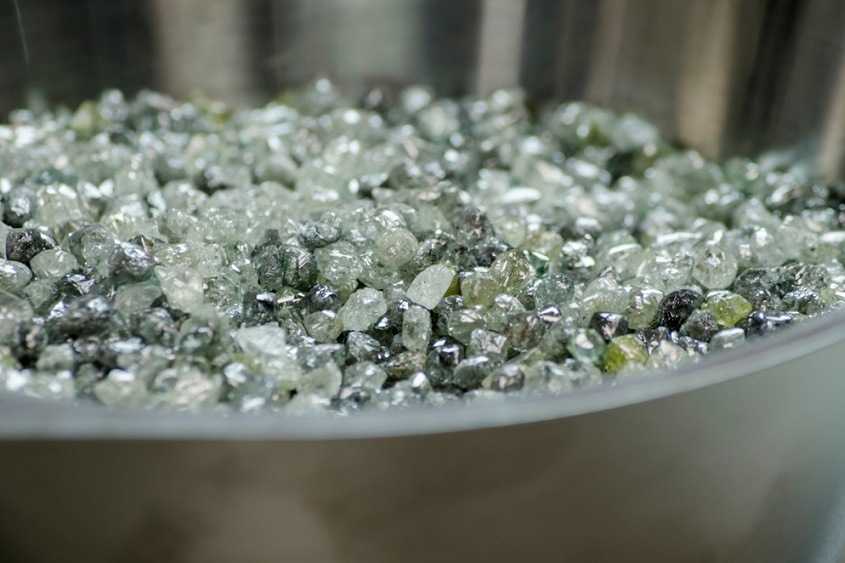Gray diamonds, like blue diamonds, are created when the stone is exposed to the element hydrogen, nitrogen, or boron during the formation process. Gray diamonds, like blue ones, are semiconductors of electricity – unlike the majority of diamonds, which are non-conductors.
Natural gray diamonds are found most frequently in South Africa, India, Russia, Brazil, and Australia, home to the Argyle diamond mine. While best known for its pink diamonds, Argyle yields diamonds of many colors, including gray, which accounts for about 2% of the mine’s colored diamonds. Most blue-gray diamonds from Argyle are classed a Type Ia, meaning they feature large concentrations of hydrogen and nitrogen defects.
True gray diamonds are assigned color grades on a scale of light (smoke) gray to dark (graphite) gray, but gray most often appears as a secondary color in green or blue diamonds. In fact, some of the most famous blue diamonds in the world have official color designations of “Grayish Blue” – including the famed Hope Diamond, the Sultan of Morocco, and the Wittelsbach Diamond.
Gray diamonds have not historically been a popular choice for jewelry, but in winter of 2009-2010, mining giant Rio Tinto – which owns the Argyle diamond mine – rolled out a line of silvery-gray diamonds called Silvermist, which were priced at 20%-40% less than comparable-quality colorless diamonds.














